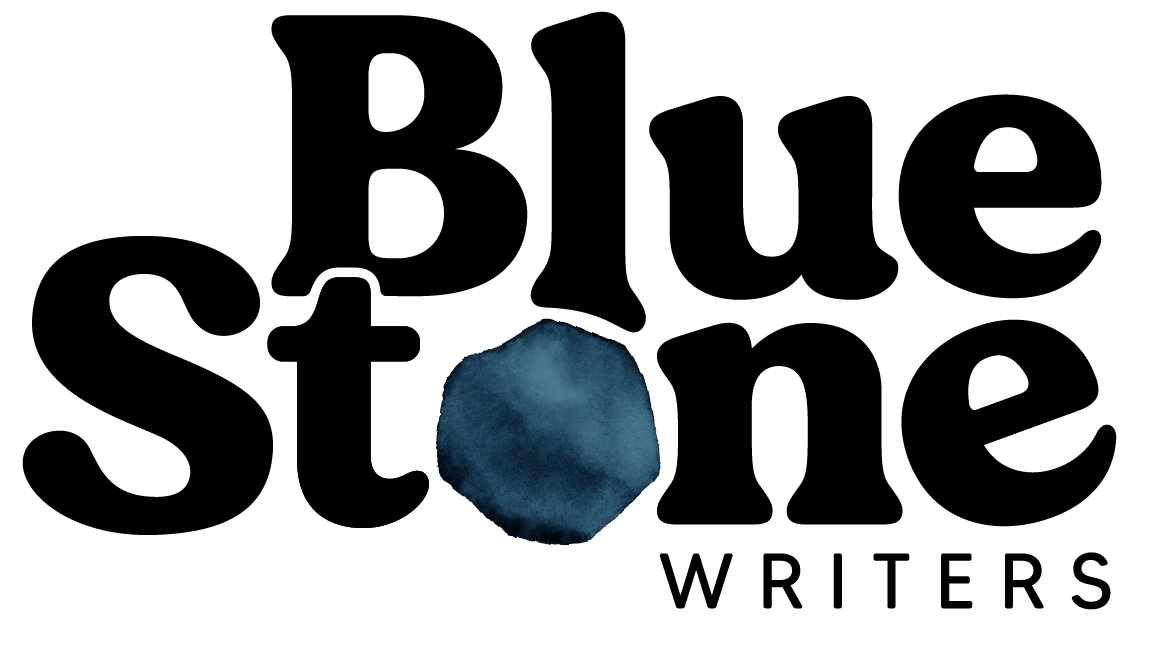Resolve Reflect
The cry or hoot of a great horned owl can make you pause mid-stride, look up, and listen.
Folks who took my preview for Magic & Hope in the Nines may remember that I likened Hermit-energy to the cry of a great horned owl.
I am lucky enough to live within a few blocks of the Stephenson Nature Preserve in south Austin, which means that even when you’re technically just on the doorstep of this hilly, juniper-thick green space, you are likely to spot a possum, skunk, lil tarantula, tree-climbing-rat-snake, or owl.
One recent evening, I was walking my dog along the street that borders the preserve and heard the cry of a juvenile great horned owl, more like a screech than a hoot, wild and guttural. Even though they can be hard to spot, I looked anyway and was lucky enough to see the bird in question perched at the very top of a live oak tree, as if poised to perform. I got to watch its body vibrate as it called out a few more times.
To me, this is pure winter magic—the silhouette of an owl atop a tree with bare branches, the night sky as its background.
It makes me want to play medieval carols and flutey Yule tunes in my car. It makes me want to stop and listen and pause in this cold moment under the sky.
I’m trying to come back to this moment as the desire to rush ahead with the new year arrives—not that any of us can fully avoid planning. We have to plan how to get the new job, or stay in the old one, or write the story that fills our head, help our families, lead the volunteer team that gets people what they need. We can’t avoid the forward movement that comes with these things, and we shouldn’t. But the pausing, the silence, the cry and its call. These are meant to be woven into the work.
I am not sure yet quite how I’ll make this possible in my own life and work, but I am thinking about it. It might mean taking longer breaks from my phone or social media. It might mean volunteering more and doom-scrolling less. It might mean writing in such a way that I am more focused on a specific scene, or the character I feel called to spend time with, as opposed to THE BOOK (all caps on purpose) or THE PITCH. It’s not that I’m letting the latter two things go entirely. Y’all know I love THE BOOK and THE PITCH! But if these are all we’re listening out for, what are we missing? What are we not hearing in the right-here-right-now?
The desire to pause and be present (as opposed to think ahead) will look different for everyone, but the questions are the same…
How do I pause when I want to plan/predict/move? What might happen if I listened instead?
The guided writing below takes about 20-25 minutes. On the heels of my Slow Writing post, this work is more about observation than anything. It is about pausing to hear the owl’s call and see how its body is etched against the sky. It is about stopping, pure and simple, to notice.
Guided Writing: I was silent…
Quick recommendation: Find a cave for this writing—a space that doesn’t belong to anyone else (this can be a table in a coffee shop where everyone is just working or chatting in their own spaces that also don’t belong to them), and find 20-25 minutes of time that doesn’t belong to anyone but you.
Enjoy a few sips of a favorite beverage before you begin.
Read “The Owl” by Arthur Sze—read it twice, once aloud if you feel comfortable, and ponder for a few minutes.
Note how the poem could be divided into six observations or noticings (you could of course argue that there are more than six here, but let’s keep it at six for the sake of our writing)…
The path looks purple
The owl is perched on a branch
The owl stirs and scatters dust
The poet is silent
The poet feels the owl quaver
The path looks green
In your current space/cave/coffee shop/kitchen, take five minutes to simply look and listen. If you’re in public, you might be looking a little less and listening more. If you’re in your home, you might be looking out a window, or at the way the light falls on the wall or across the corner of a framed photograph. You may feel called to write here, but try to hold off if you can and simply be.
Now for the writing: Aim for six observations in your current space/cave/coffee shop/kitchen. If you want an additional challenge, aim for one striking color, two actions, one sound, one internal feeling, and one final, powerful visual (color, texture, etc.).
Take 8-12 minutes—whatever feels right—to write these six observations. They do not have to be as brief or spare as the poet’s lines. You can use the six noticings as your goal but write as many sentences as you like for each observation.
Reflect on the arc of your noticings. How did they evolve/grow/change from #1 to #6? Reflect for a few minutes and jot down some notes if you like.
Take a deep breath.
Bonus: Share a favorite line from your writing with a trusted writer-friend.
For more winter magic, check out previous Winter Solstice posts—we are still in the echoes of Solstice, after all: 2023 (Dreaming and Resting), 2022 (Solstice Chant), 2021 (Balancing Light and Dark). Happy Belated Solstice and Happy New Year!


